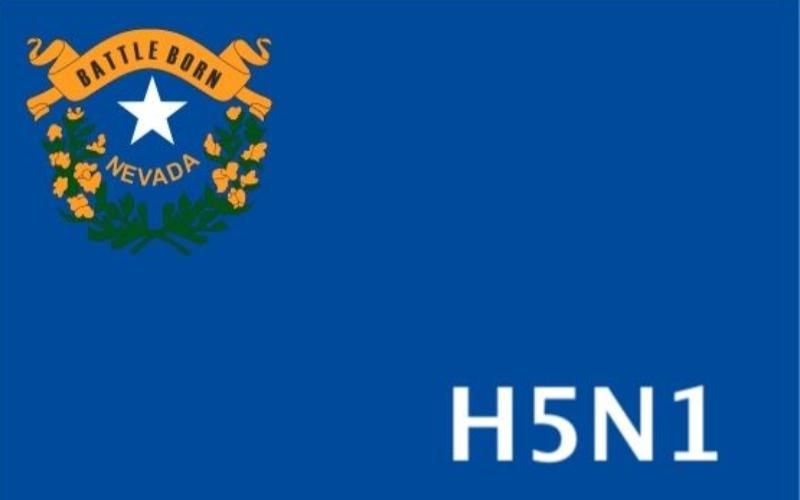Avian Influenza Strikes Nevada Dairy Herds, Prompting Starling Removal Efforts

The United States Department of Agriculture (USDA) Animal and Plant Health Inspection Service (APHIS) recently confirmed the presence of H5N1 avian influenza in several dairy herds located in Nevada. This alarming discovery was announced in a news release fr om the University of Minnesota's Center for Infectious Disease Research and Policy (CIDRAP).
The detection has raised concerns among agricultural and environmental officials, as the avian flu strain is highly pathogenic and has the potential to spread rapidly among bird populations. In response, efforts have been initiated to control the outbreak by targeting one of the vectors believed to be responsible for transmission: the starling bird population.
Starlings, often considered nuisances in agriculture due to their flocks grazing over large areas, are now under scrutiny for their role in spreading the H5N1 virus. Measures have been put in place to manage and reduce their presence around vulnerable dairy herds.
The affected farms and local authorities are working closely with state and federal agencies to implement biosecurity protocols, aiming to lim it the spread and impact of the virus. These efforts are critical not only for protecting animal health but also for ensuring the safety of agricultural products from the region.











